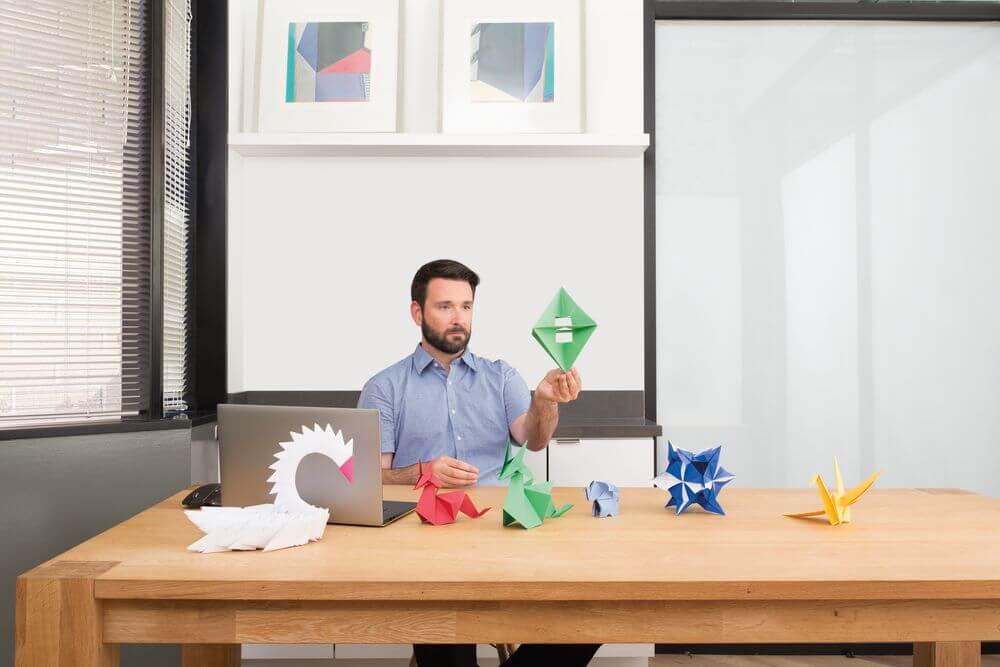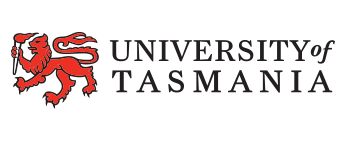Education
Maximising Collaboration: Unlocking the Power of Interoperability in Microsoft Teams Rooms
Here’s an increasingly common scenario in offices today. Employees receive a meeting invite from an ...
LEARN MORE
The workplace environment is changing. No longer are employees expected to work from the office during the so-called traditional working hours. No longer can employees simply walk over to their coworker’s desk in order to communicate and collaborate.
In light of these changes, companies have had to take steps to ensure that, despite a seemingly geographically fractured workforce, collaboration and communication remains at the fore.
Video conferencing solutions are one such tool that works to bridge this divide. Providing tangible internal and external organisational benefits, video conferencing helps workplaces operate efficiently and effectively in the modern era.
However, for decision makers and associated managers within professional services firms, managing the transition to the latest video conferencing technology can seem like an uphill challenge.
With such a transition perceived as hard, costly and time consuming, decision makers contend to make do with existing infrastructure. However, by employing the right video conferencing solutions, the transition can be seamless and the benefits can be plentiful.
Decision makers are often under the impression that legacy video conferencing systems are adequate enough to facilitate the completion of day to day work. As such, there is seen to be little to no perceived value in moving away from the existing system.
However, legacy systems are no longer adequate. In fact, legacy systems hinder the completion of basic day to day tasks. By making seemingly simple actions such as logging on to a meeting or connecting a device difficult, both productivity levels and workplace morale suffers.
When an organisation is unable to provide its workers with the right solutions, workers begin to feel confused and frustrated. Confusion stems from the fact that inadequate technology is often inconsistent technology. This means that employees have no familiarity with devices and therefore struggle to operate them.
Frustration stems from the fact that the very thing that should be aiding work- technology- is acting as a barrier. This frustration impacts concentration levels and of course workplace morale. All of which could result in high turnover rates.
It’s also important to note that user confusion impacts productivity levels. When users are confused as to how technology operates, valuable meeting time is wasted. This is because, rather than starting the meeting, users are contacting tech support for advice.
This inherent need for tech support is likely to filter into the meeting too. Inadequate technology typically impacts everything from starting and finishing a meeting to the transmission of audio and visuals.
As such, meetings won’t start or finish on time. Perhaps more importantly, the constant interruptions by way of sound or visual issues could cause meeting participants to miss key pieces of information.
All of this works together to result in a highly unproductive meeting room experience. Meetings run over time, causing employees to face backlogs of work. Meeting infrastructure is inadequate so key information is missed, hindering workers’ ability to complete projects.
The effects of low levels of productivity have the ability to permeate throughout an organisation. On an internal level, work output suffers. Consequently, the business may have trouble retaining and attracting staff.
On an external level, clients and other key stakeholders are left disenfranchised. Professional services firms serve clients. When employees are not productive, outcomes for clients suffer. As such, the business may also have trouble retaining and attracting clients.
The transition to video conferencing solutions can often be labelled as difficult. This is largely due to the fact that many video conferencing tools lack the ability to integrate. This means that the user experience will be different across devices ranging from tablets to desktops.
Additionally, the transition to video conferencing is characterised as a time consuming process. First of all, there is the installation and then naturally, training employees in these new systems.
However, with the right video conferencing solutions, these perceived challenges can be mitigated. Highlighting why common pain points surrounding transitioning to video conferencing solutions are often unfounded.
Take elements of integration for example. Logitech’s product suite of video conferencing solutions offer integration. This means that, no matter if you are using a certain brand of laptop or tablet, the user experience will be the same.
The value in this cannot be underestimated. Elements of integration provide a certain sense of seamlessness. When the user experience is the same, employees gain familiarity and confidence. This in turn ensures that they can start and finish meetings without issue.
Additionally, the transition to the right video conferencing solutions is actually a very simple process. Logitech’s video conferencing tools are essentially plug and play. This means that deploying this technology is also seamless.
On one hand, this simplified process makes it easier for IT to equip an organisation with the appropriate technology. On the other hand, it ensures that the transition poses no long term delays to the completion of business critical work. Ensuring productivity levels remain high.
The transition to the latest video conferencing technology is much more than simply efficient and effective. In fact, this transition can also form the foundation businesses need in order to experience other organisational benefits.
As previously mentioned, the right video conferencing solutions offer consistency and increased levels of productivity. It’s also worth noting that these solutions help bridge the gap between in-office and remote workers.
With technology that is consistent and reliable, there is always the ability for a geographically diverse workforce to meet, communicate and collaborate. This helps to ensure that everyone within the organisation is on top of projects and their role within that project.
This technology also helps professional services firms contend with changing consumer demands. In this modern day, consumers are operating off the most current technology. Additionally, the modern consumer expects to be able to do everything from their phone.
Transitioning to the latest video conferencing solutions helps modern day workplaces fulfil these new obligations to consumers. This is incredibly important because, in the digital world, if consumer needs aren’t being fulfilled, customers will take their business elsewhere.
Finally, video conferencing also helps an organisation boast complete and optimised meeting spaces. In one sense, this ensures that businesses are effectively utilising meeting room real estate and essentially getting value for money. It also means that there are no barriers to worker’s productivity.
The modern workplace environment has seen many changes. Employees no longer work exclusively out of the office. Meeting rooms are the cornerstone of operations. Consumer demand dictates that businesses offer constant and consistent communication.
Before all of these changes, legacy systems offered workplaces a steadfast way to communicate. In light of these changes, such systems are not flexible enough to facilitate the completion of productive work. Nor can they help businesses meet new consumer demands.
However, the transition to current video conferencing solutions is often met with trepidation by decision makers. This is largely due to the fact that there are misconceptions around this transition. For one, making this change is not without purpose, nor is it overly complex.
Rather, the transition to modern video conferencing solutions is seamless, every step of the way. Logitech can help professional services firms navigate their operating environment to implement and deploy the most flexible and yet consistently reliable infrastructure.
With this in mind, contact the Logitech sales team today to help start your professional services firm’s transition. Providing expertise and guidance, Logitech helps ease the transition, leaving you free to enjoy the short and long term organisational benefits of such a change.

With a Masters in Business Marketing, and a 15 year background spanning process management, B2B relationship management and customer facing roles, Kristy has always held an interest in the psychology behind customer choices. As Logitech’s Business Marketing Specialist for the last three years, Kristy has looked after all outgoing and internal marketing objectives, working with external agencies to create a holistic product offering through ads and content. Kristy’s goal is to ensure Logitech is known as a serious player in the collaboration space; not just boardroom suitable, but easy to deploy from wherever work happens. She’s passionate about helping customers identify their next normal through hybrid working spaces to ensure business continuity, and is thrilled to collaborate with her wider team in a company that sees itself as a huge ambassador for working from home.
Kristy Leclerc
VC Marketing Manager, ANZ












There’s the perfect solution for every space. Get in touch with our team below for a free, no-obligation discussion and see how we can help today.